3D Printing - Filament Guide
In this handy guide, we will provide a comprehensive guide about 3D printing filaments, including the most common filaments, their pros and cons, what settings should be used to print, best uses, price, and availability.
Remember, print settings from the filament manufacturer should be followed and printing speeds all depend on your machine and slicer settings that you are using.
PLA
PLA (Polylactic Acid) is the most commonly used filament in 3D printing due to its easy-to-print nature and low cost. It is made from renewable resources such as cornstarch and sugarcane and most manufacturers will label their PLA as ‘biodegradable’. This sounds great but the reality is that most PLA filament will only break down under industrial composting conditions. It’s still a lot friendlier to the planet than almost all of the other filaments available but I wouldn’t be tossing your failed prints into your backyard compost…
PLA filament has the widest range of colors and comes in so many different types that it would be difficult to list them all. Wood PLA, food-safe, conductive, magnetic, glow-in-the-dark, uv-color-changing, and on and on…..
Pla is the easiest filament to print. It can be printed at lower temperatures compared to other filaments. It isn’t prone to warping or stringing.
There are some downsides though. Its low melting point makes it a poor choice for any part that will see high heat. Even just being in direct sunlight in summer could cause a PLA part to turn into a puddle of plastic. It’s also not as strong or stiff as some of the other filaments on this list so functional parts that see a lot of stress would be better off being printed into another material.
Settings:
Print Temp: 180-220°C (check with the manufacturers recommended settings)
Bed Temp: 60°C
Printing Speed: 60-80mm/s Recommended | 100-120mm/s Max
Best Uses:
Best suited for making toys, models, prototypes, and other non-functional items that do not require high strength.
Price:
Roughly $20 per kilogram for basic PLA.
Availability:
Widely available
Here are a few great brands of PLA that I trust:
PETG
PETG (Polyethylene Terephthalate Glycol) is another popular filament that is fairly easy to print. It is commonly used in the food and beverage industry due to its resistance to water and chemicals. PETG filament is also recyclable and does not emit toxic fumes while printing.
One of the main strengths of PETG is its high strength and durability, making it ideal for creating functional and long-lasting parts. It also has excellent layer adhesion and can produce high-quality prints with a good surface finish.
In addition, PETG is known for its excellent thermal properties, including a high glass transition temperature, which means it can withstand higher temperatures without warping or deforming. It is also relatively easy to print with and has a low risk of nozzle clogs.
However, PETG can be more challenging to print than PLA due to its tendency to string or ooze during printing. It also requires a higher printing temperature than PLA and can be more prone to warping than some other filaments. PETG also has a lower level of transparency than some other filaments, which can be a disadvantage for certain applications.
PETG can be found in a wide range of colors but less varieties when compared to PLA.
Settings:
Print Temp: 230-250°C (check with the manufacturers recommended settings)
Bed Temp: 60-80°C
Printing Speed (Recommend): 60mm/s
Printing Speed (Max): 100-120mm/s
Best Uses:
Parts that require strength and durability, such as containers and mechanical parts.
Price:
Roughly $30 per kilogram
Availability:
Widely available
Here are a few great brands of PETG that I trust:
ABS
ABS (Acrylonitrile Butadiene Styrene) is a commonly used 3D printing filament that offers unique benefits and drawbacks compared to other filaments. It is commonly used in the automotive and electronic industries.
One of the main strengths of ABS is its high strength and durability, making it an ideal material for creating functional and long-lasting parts. It also has good thermal resistance, which means it can withstand higher temperatures without warping or deforming.
Another strength of ABS is its ability to be sanded and painted easily, making it a popular choice for creating objects with a smooth and finished appearance. Additionally, ABS is relatively easy to print with and can produce high-quality prints with a good surface finish.
Printing with ABS can have some trouble due to its high printing temperature and tendency to warp. It also emits toxic fumes during printing, which can be unpleasant for some users. Furthermore, ABS can be more prone to cracking or splitting under stress compared to other filaments.
Printing in an enclosure is recommended as well as proper ventilation and/or filtering of the air in the enclosure with a HEPA filter.
You should be able to find ABS in a wide variety of colors but a very limited number of special variants when compared to PLA.
Overall, ABS is a versatile and durable 3D printing filament that offers good strength, thermal resistance, and post-processing options.
Settings:
Print Temp: 220-260°C (check with the manufacturers recommended settings)
Bed Temp: 80-100°C
Printing Speed (Recommended): 50mm/s
Printing Speed (Max): 80-100mm/s
Best Uses:
Parts that require high strength and durability, such as automotive parts and electronic enclosures
Price:
Roughly $25 per kilogram
Availability:
Widely available
Here are a few great brands of ABS that I trust:
ASA
ASA (Acrylonitrile Styrene Acrylate) has similar properties to ABS but is more resistant to UV rays and weathering. It is commonly used in outdoor applications such as automotive parts and garden furniture.
If you plan on printing a functional part that will be outside or see a lot of sunlight, I highly recommend printing ASA.
The same precautions for printing ABS should be used when printing ASA. Make sure to vent your printer properly.
Printing with an enclosure is recommended as cooler air hitting your part can cause warping on the buildplate.
Color choice is a bit more limited than ABS but you should be able to find one that meets your needs.
Settings:
Print Temp: 240-260°C (check with the manufacturers recommended settings)
Bed Temp: 80-90°C
Printing Speed: 50mm/s Recommended | 80-100mm/s Max
Best Uses:
Outdoor parts that require high durability and resistance to UV rays and weathering
Price:
Roughly $35 per kilogram
Availability:
Less widely available, limited colour choices
Here are a few great brands of ASA that I trust:
TPU
TPU (Thermoplastic Polyurethane) offers a unique combination of flexibility and durability, making it ideal for creating parts that need to bend or stretch without breaking or losing their shape.
Another strength of TPU is its good resistance to oils, greases, and chemicals, making it a popular choice for creating parts for industrial or mechanical applications. Additionally, TPU has good layer adhesion and can produce high-quality prints with good surface finish.
TPU can be more challenging to print with than some other filaments due to its tendency to string or ooze during printing. It also requires slower print speeds and higher bed and nozzle temperatures than some other filaments.
Printing with a direct-drive extruder/hotend is a must with this filament. You want to make sure that the distance from the extruder to the hotend is as short as possible.
TPU can be more sensitive to moisture than some other filaments, which can affect its printing properties and cause issues during printing. Properly drying TPU prior to printing is highly recommended.
When selecting a TPU filament, you’ll most likely see a number followed by a letter such as 90A. This refers to the filament’s Shore hardness which is a system used to measure a material’s hardness, particularly elastomers, and rubbers. It measures the resistance of the material to indentation. For reference, a rubber band has a Shore hardness of around 30A while a car tire is around 60A. The lower the number, the softer and more ‘rubber-like’ the material will be.
Settings
Print Temp: 240-260°C (check with the manufacturers recommended settings)
Bed Temp: 80-90°C
Print Speed: Around 30mm/s (all depends on your hotend/extruder combo)
Best Uses:
Phone cases, small toys, gaskets. Any item that will take impact.
Price:
Roughly $35 per kilogram
Availability:
Less widely available, limited color choices
Nylon
Nylon offers a unique combination of strength, durability, and flexibility, making it a popular choice for creating parts that require high strength and impact resistance. One of the main strengths of nylon is its ability to absorb shock and vibrations, making it ideal for creating functional parts such as gears, hinges, and brackets.
Nylon has good chemical resistance and is less prone to warping than some other filaments, such as ABS. It also has good layer adhesion and can produce high-quality prints with good surface finish.
The carbon fiber-filled variety of nylon is referred to as “black aluminum”. It has a better strength-to-weight ratio than aluminum and produces parts that have a beautiful textured surface that hides almost all of the layer lines.
However, one big drawback of Nylon is that it is very hygroscopic (absorbs moisture from the air). Some brands claim that a roll of nylon if left out in the open, can absorb roughly 10-15% of its weight in water in 24 hours. Improper storage and drying can affect its printing properties and cause issues such as bubbling and popping during printing. It also requires higher printing temperatures and slower print speeds than some other filaments, which can make it more difficult to achieve optimal print quality.
Furthermore, nylon can be prone to stringing or oozing during printing, which may require additional settings adjustments or post-processing to achieve the desired result.
If you search for nylon, you will see it labeled as PA6 & PA12. The ‘PA’ stands for Polyamide, which is a family of polymers commonly known as nylon. 6 & 12 refer to the number of carbon atoms in the monomers used to create the nylon polymer. PA6 has a higher melting point than PA12, which means it can withstand higher temperatures during printing and in end-use applications. This makes it a good choice for creating parts that will be exposed to high temperatures, such as automotive or industrial parts. PA6 is also generally more rigid and less flexible than PA12.
PA12, on the other hand, is more flexible than PA6 and has better impact resistance. It is also more resistant to chemicals and moisture, making it a popular choice for creating parts that will be exposed to harsh environments, such as outdoor or underwater applications.
PA12 is generally considered to be easier to print with than PA6, as it requires lower printing temperatures and can be printed at faster speeds. PA6 usually requires higher printing temperatures and slower print speeds to achieve optimal results.
Settings:
Print Temp: 240-270°C (check with the manufacturers recommended settings)
Bed Temp: 70-80°C
Print Speed (Recommended): 30-40mm/s
Print Speed (Max): 60-80mm/s
Best Uses:
Best suited for making parts that require flexibility and strength, such as hinges, gears, and automotive parts
Price:
Roughly $50 per kilogram
Availability:
Less widely available, color choices are limited to a very basic black/white/grey
Best Filament Brands
When it comes to filament manufacturers, there are too many to list. Some make their own filament in house while others will buy filament from a bigger manufacturer and then stick their logo on it and sell it as is.
This list will focus on the companies that produce their own filament and have shown to have a consistent evolution in their product.
3DXTECH
3DXTech is a US-based company that specializes in producing high-performance 3D printing filaments for a variety of applications. They offer a wide range of filaments, from the most common PLA, ABS, PETG, nylon, TPU, all the way up to aerospace-grade PEEK and PEI.
One of the main strengths of 3DXTech filaments is their high-quality and consistency, which is achieved through rigorous testing and quality control measures. They use advanced manufacturing techniques and high-quality raw materials to produce filaments that are free of contaminants and have consistent diameters and properties throughout the spool.
In addition, 3DXTech filaments are designed to offer superior performance compared to standard filaments, with properties such as higher strength, durability, and heat resistance. This makes them an ideal choice for creating parts that require high performance and reliability, such as aerospace, automotive, and industrial applications.
Polymaker
Polymaker is a global manufacturer of high-quality 3D printing filaments that are designed to deliver reliable and consistent performance for a wide range of applications. Their filaments are known for their superior quality, ease of use, and unique properties.
One of the key strengths of Polymaker filaments is their consistency and quality control. They use advanced manufacturing processes to produce filaments with consistent diameters, minimal impurities, and reliable printing performance. This ensures that users can achieve consistent results with their prints, even across multiple spools.
Polymaker offers one of the widest ranges of PLA filaments available. A few notable varieties are the CosPLA which is designed for cosplay models, LW-PLA which is designed for lightweight applications like RC planes, and their temperature color-changing PLA that will give your materials an amazing effect.



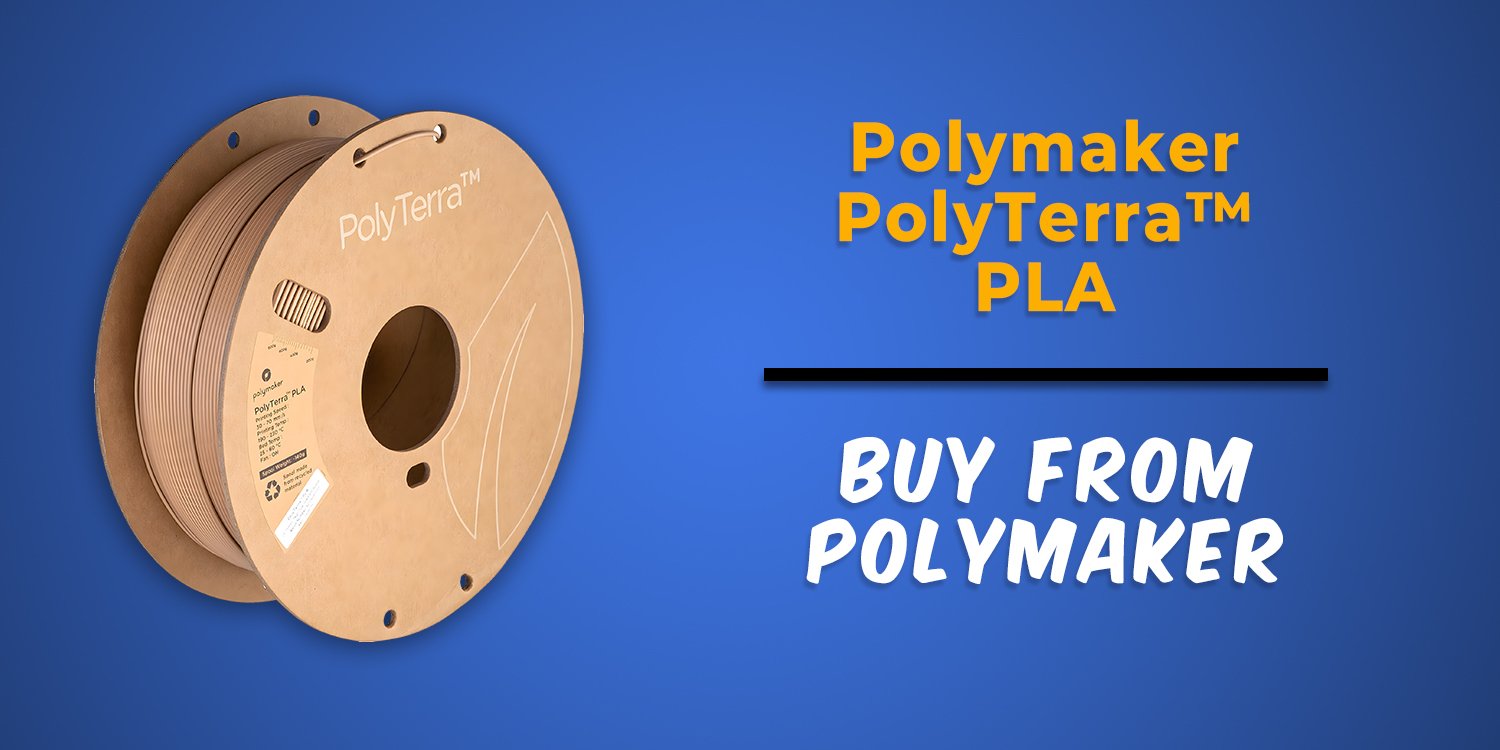

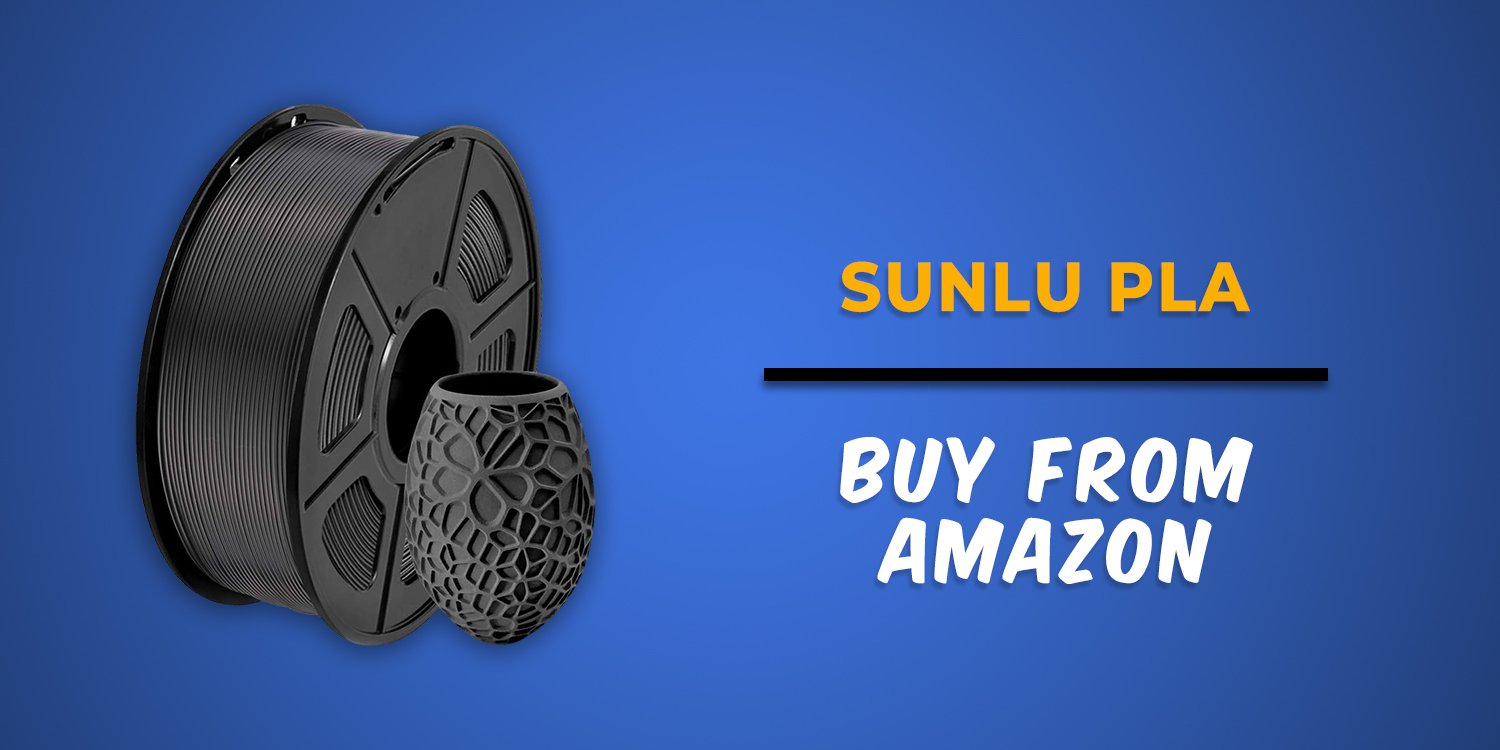

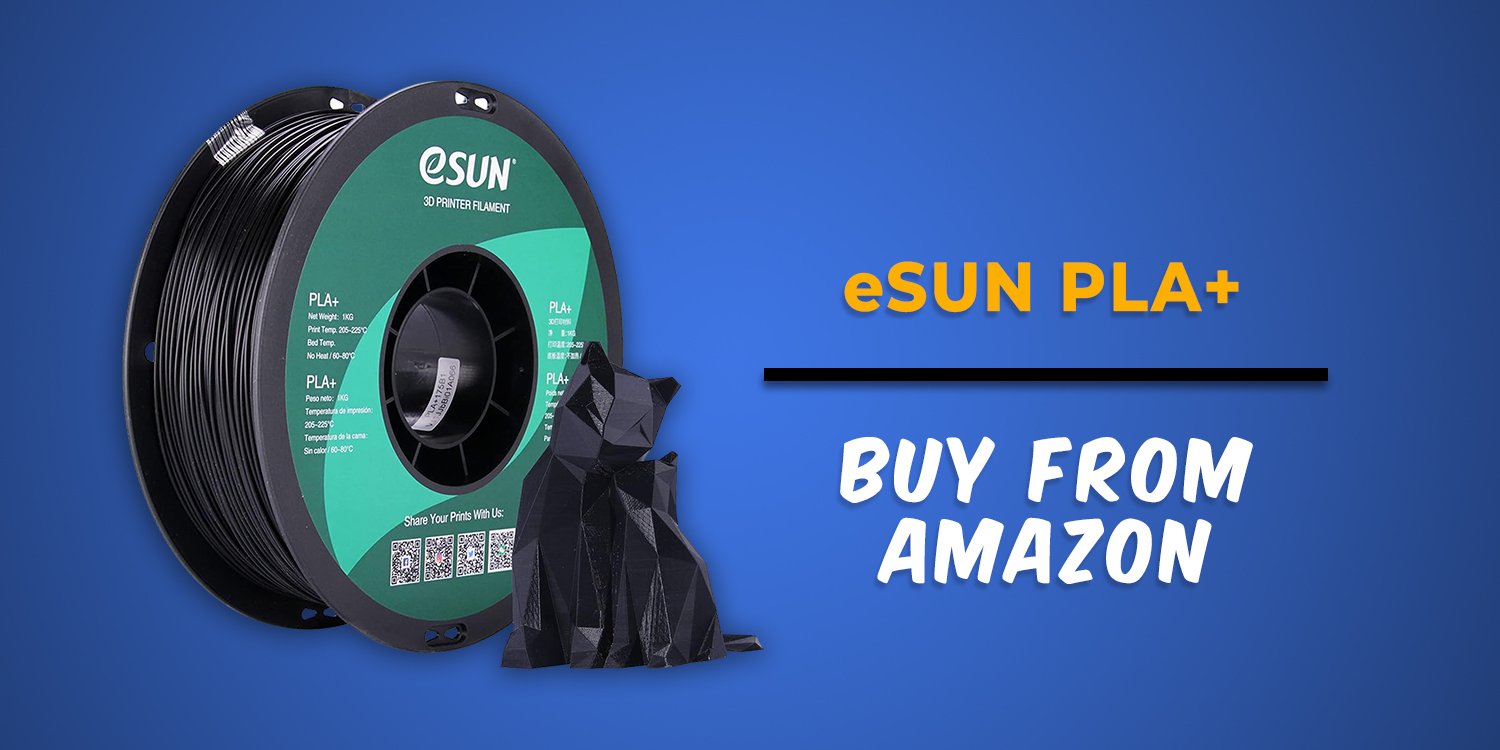
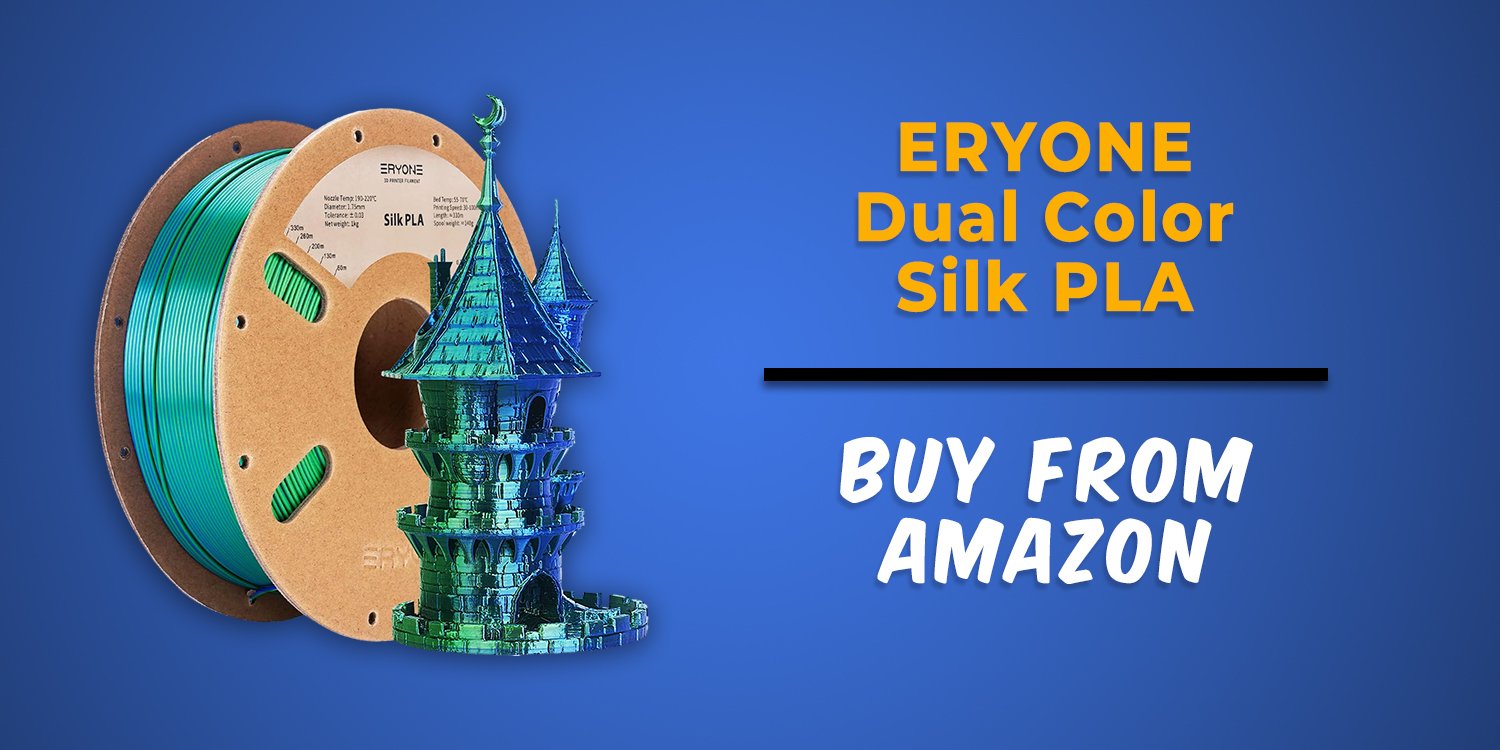

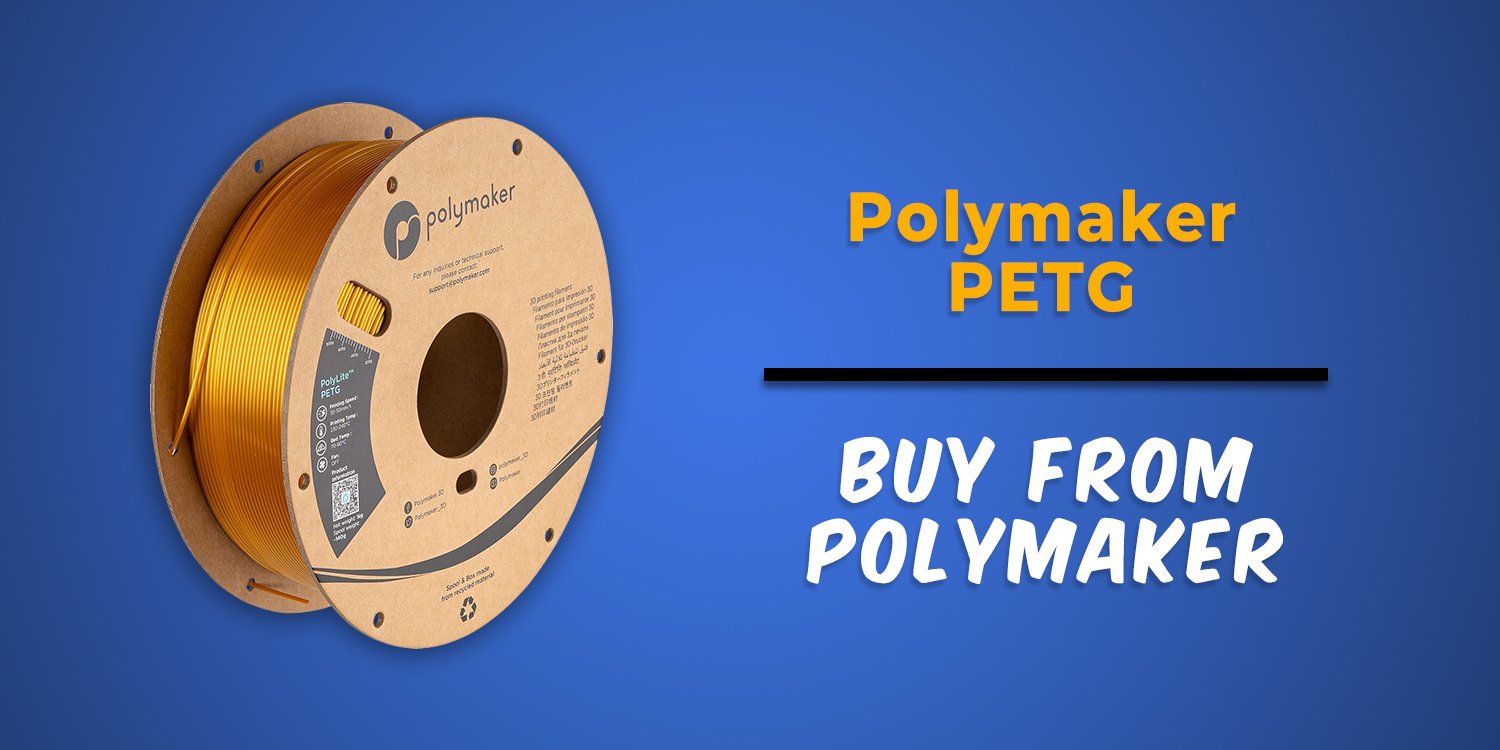
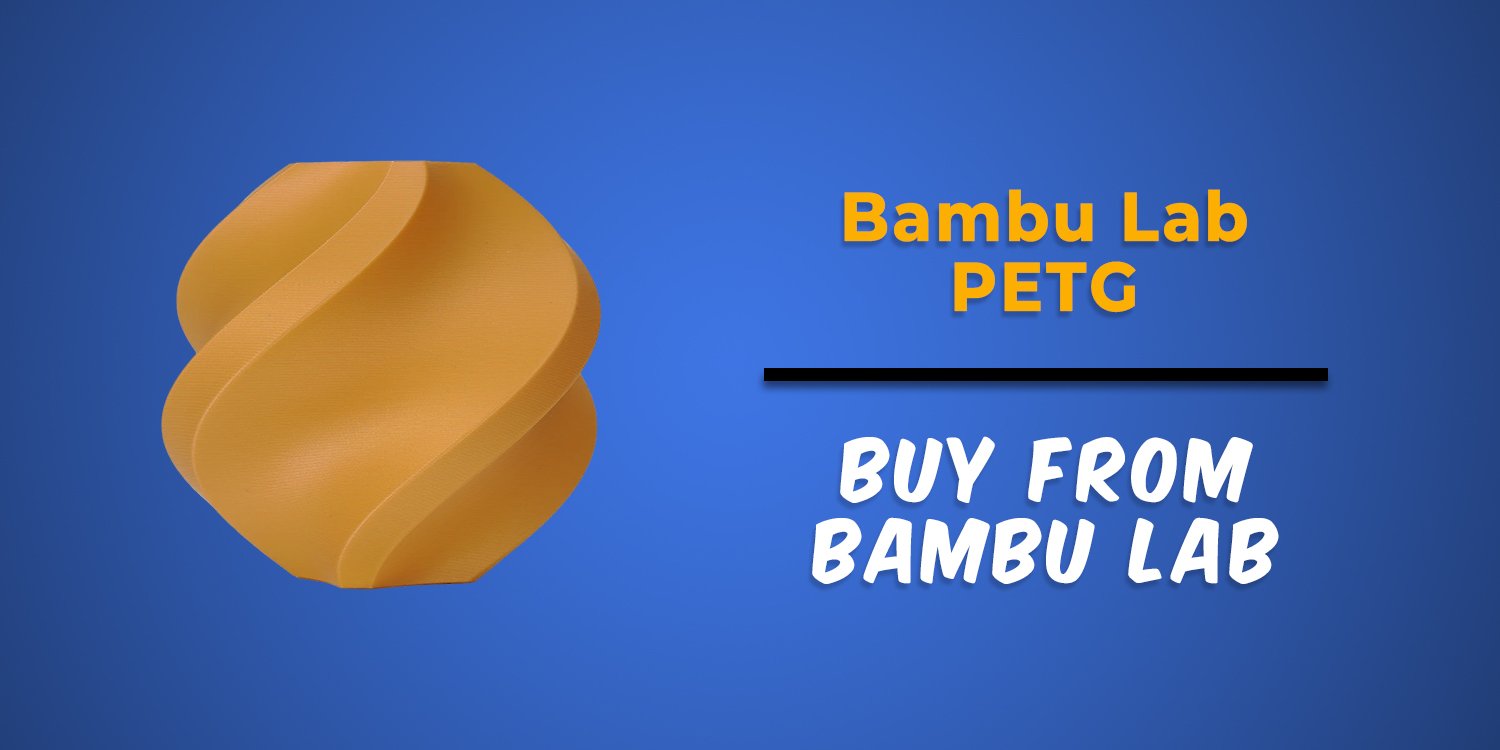
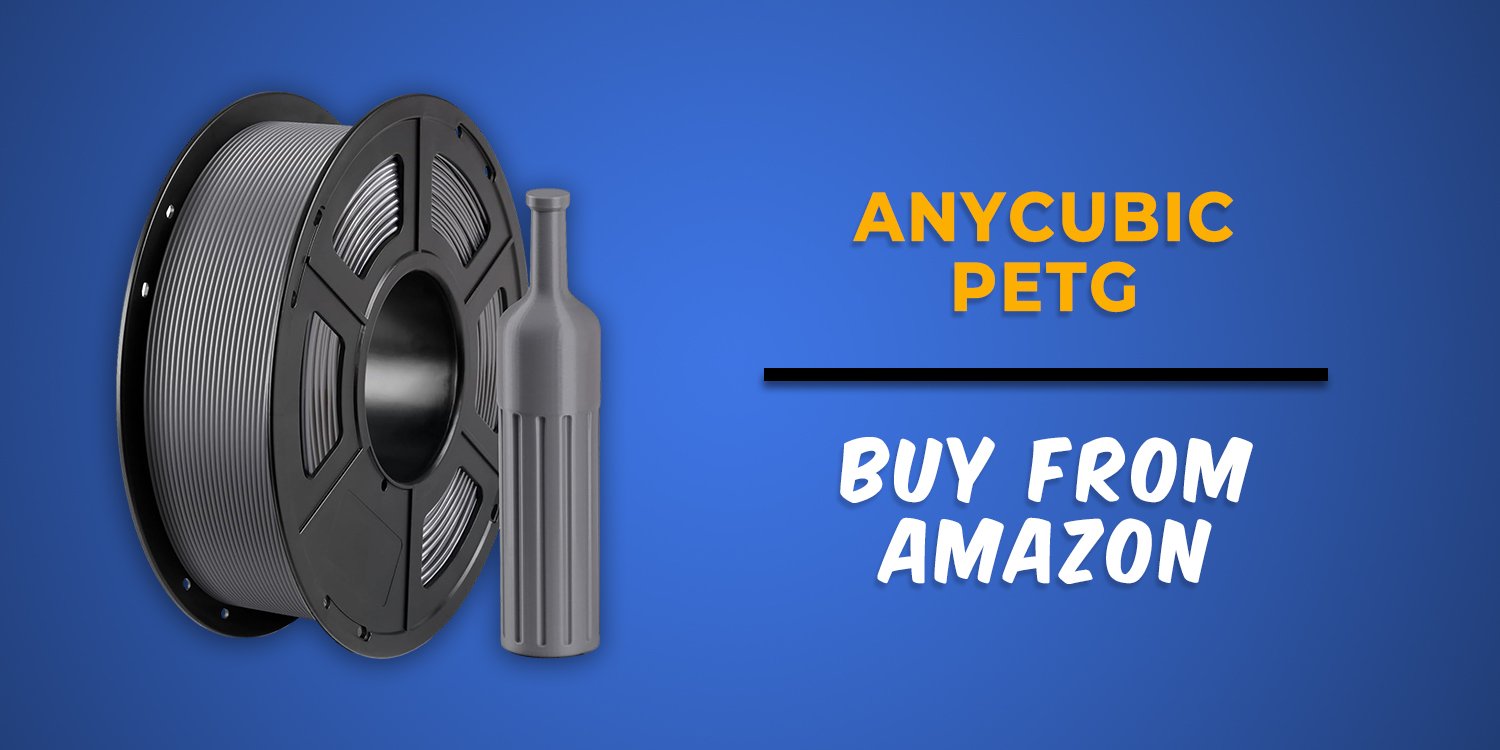
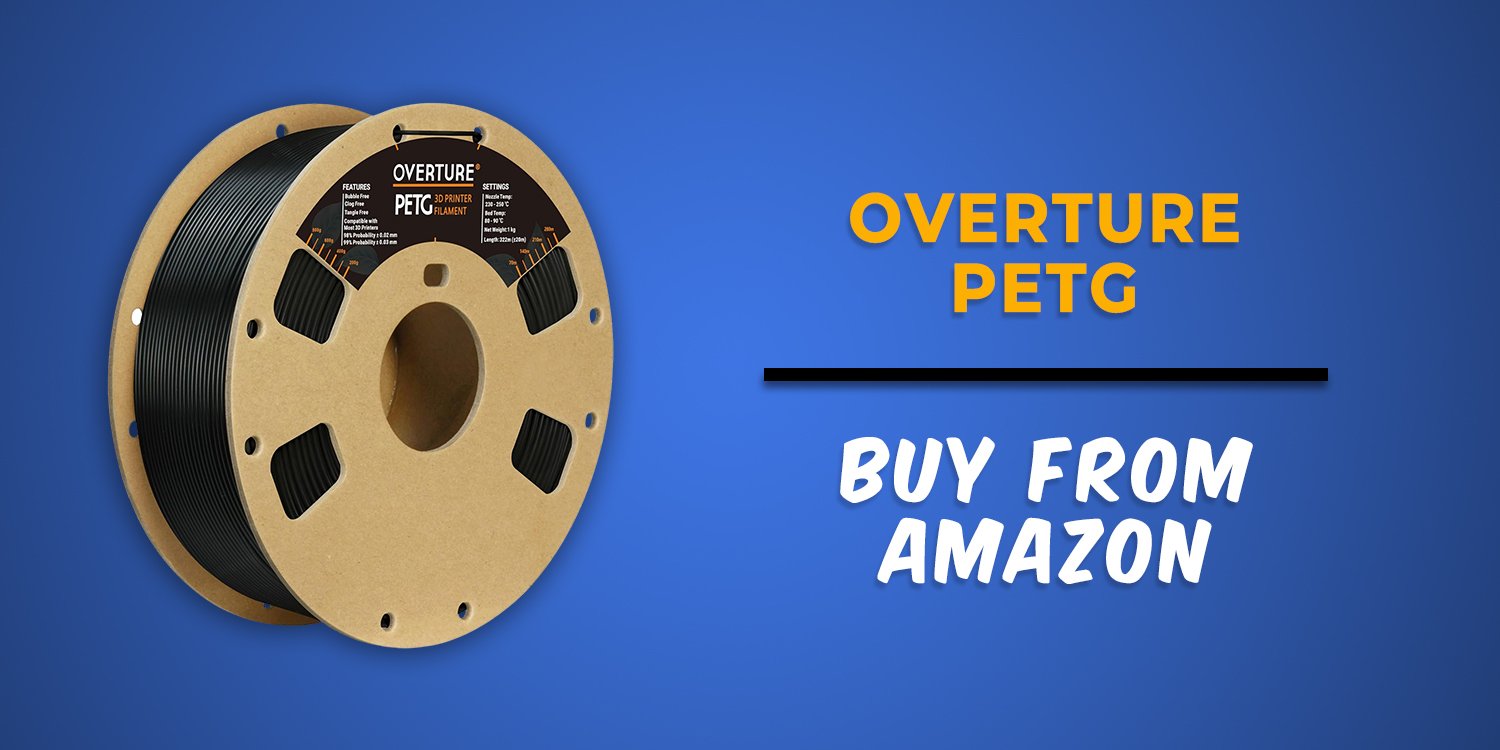
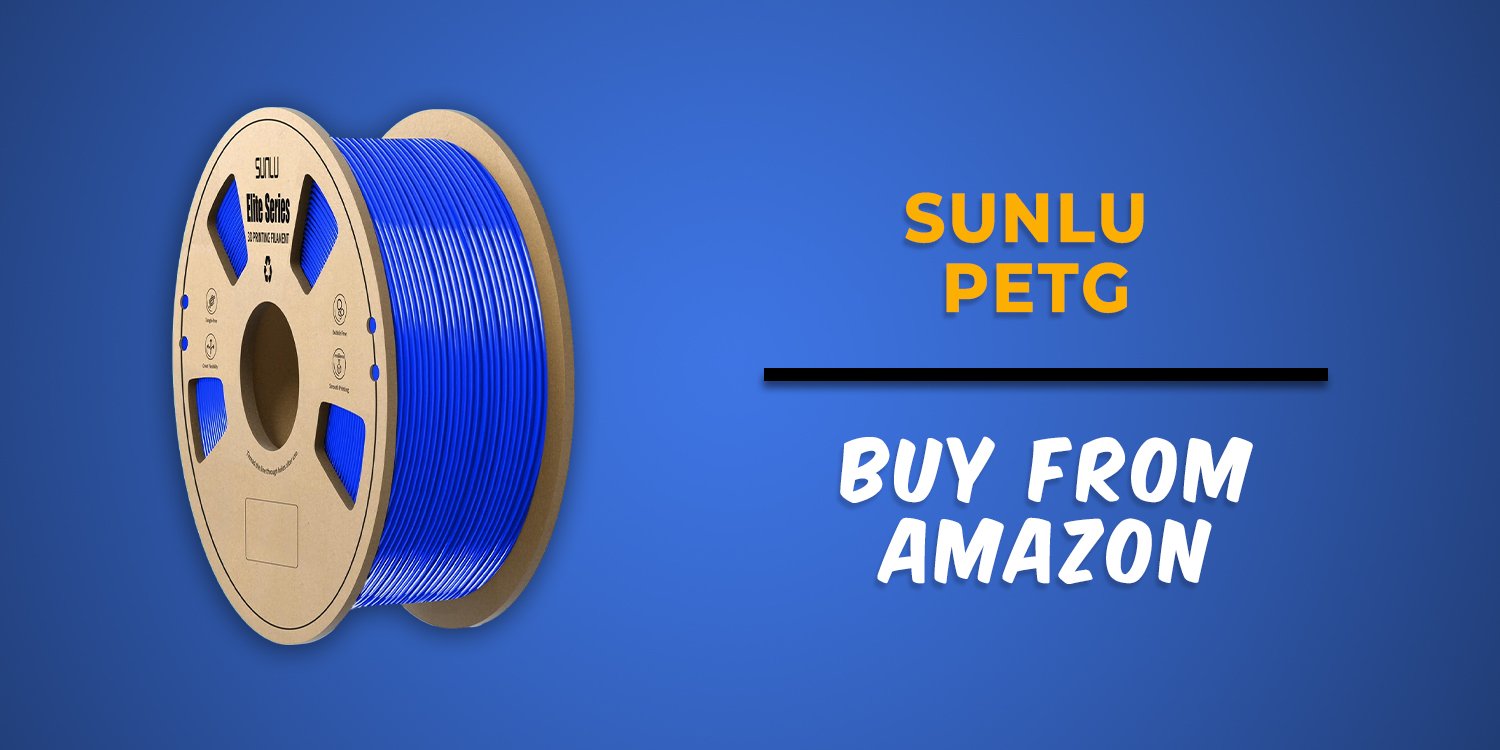

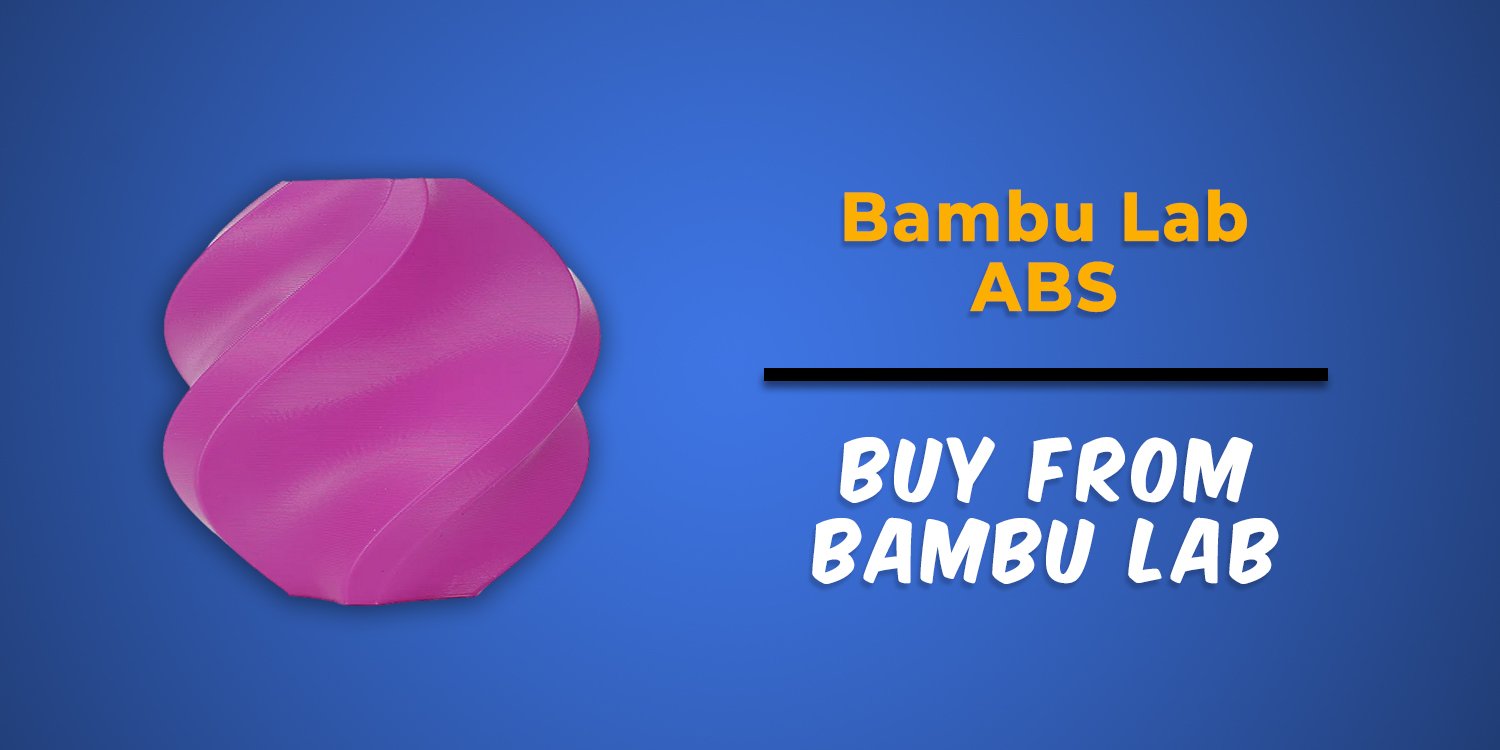
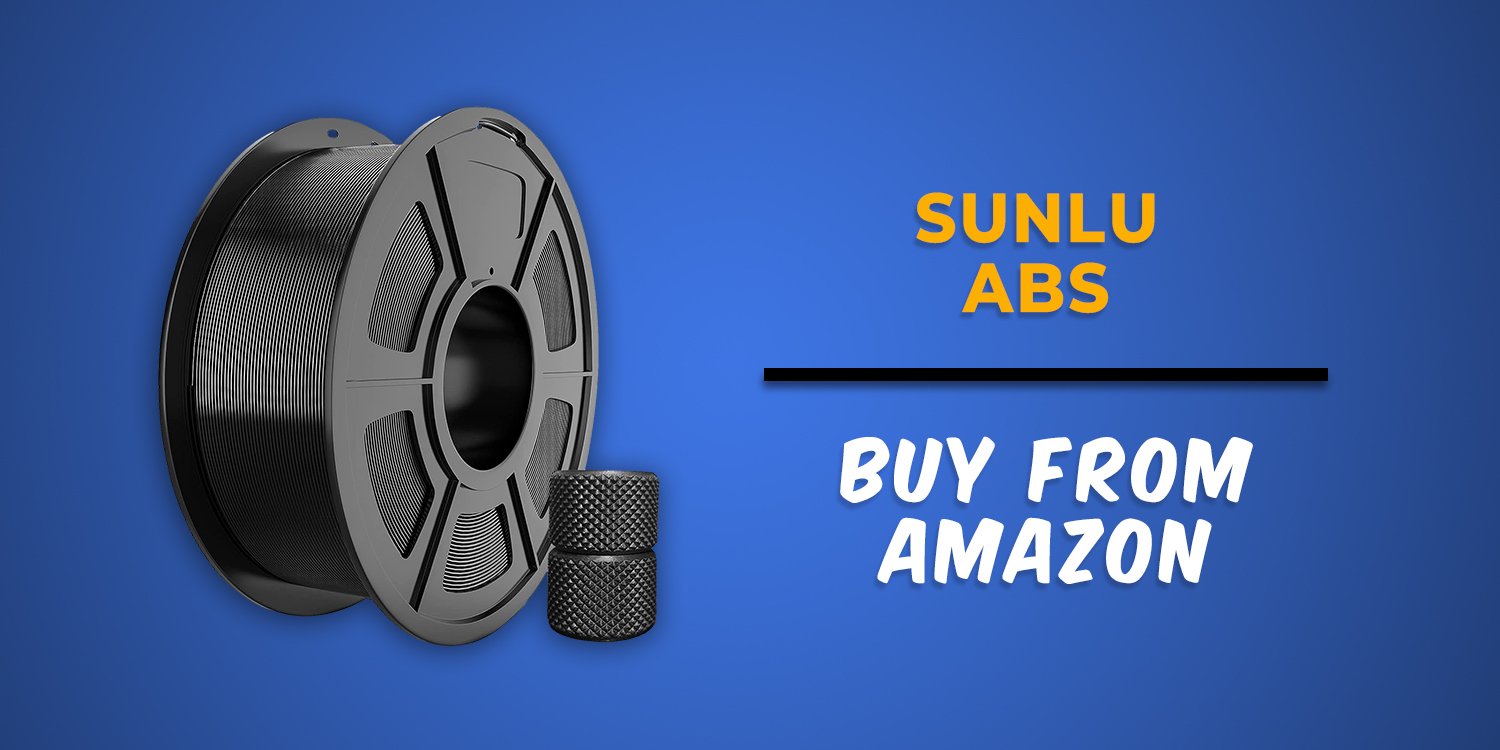
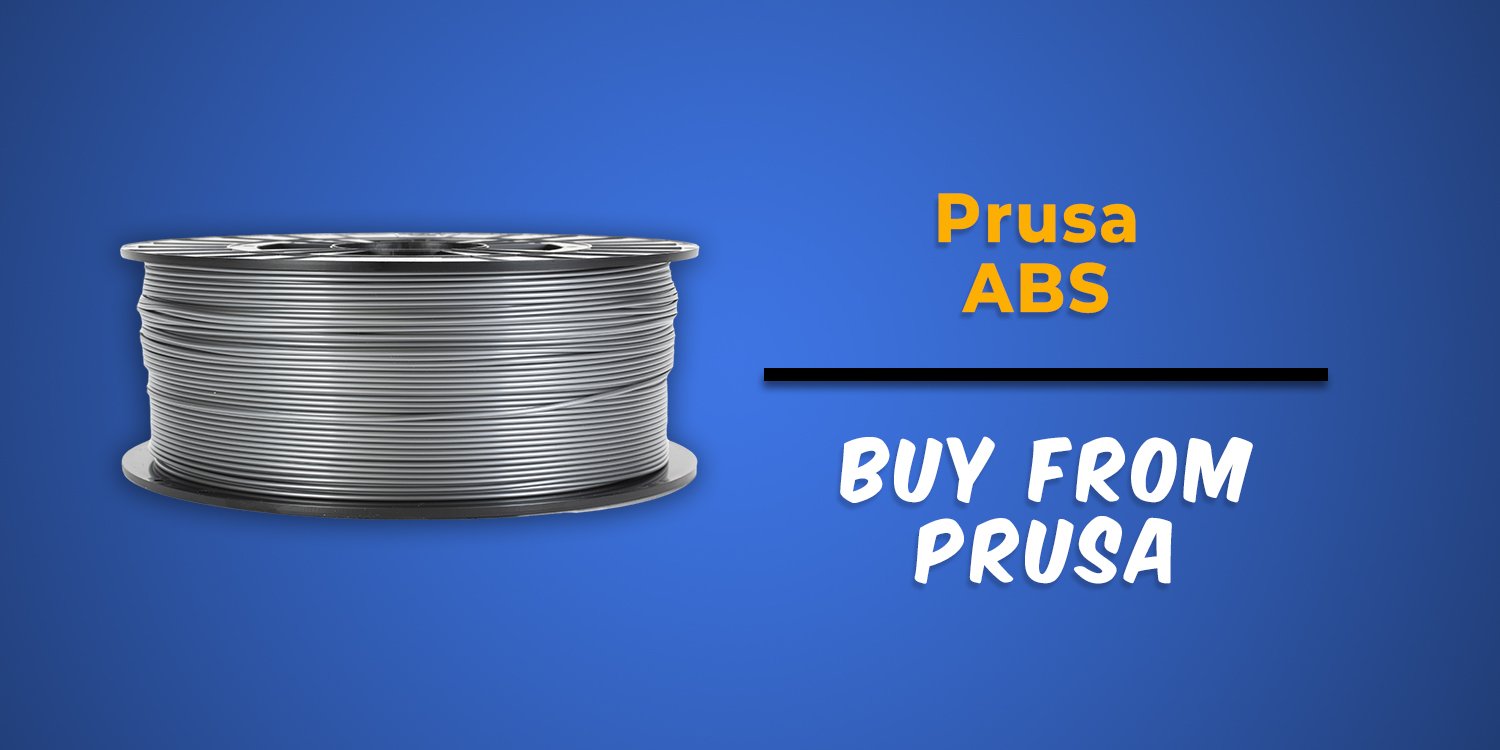
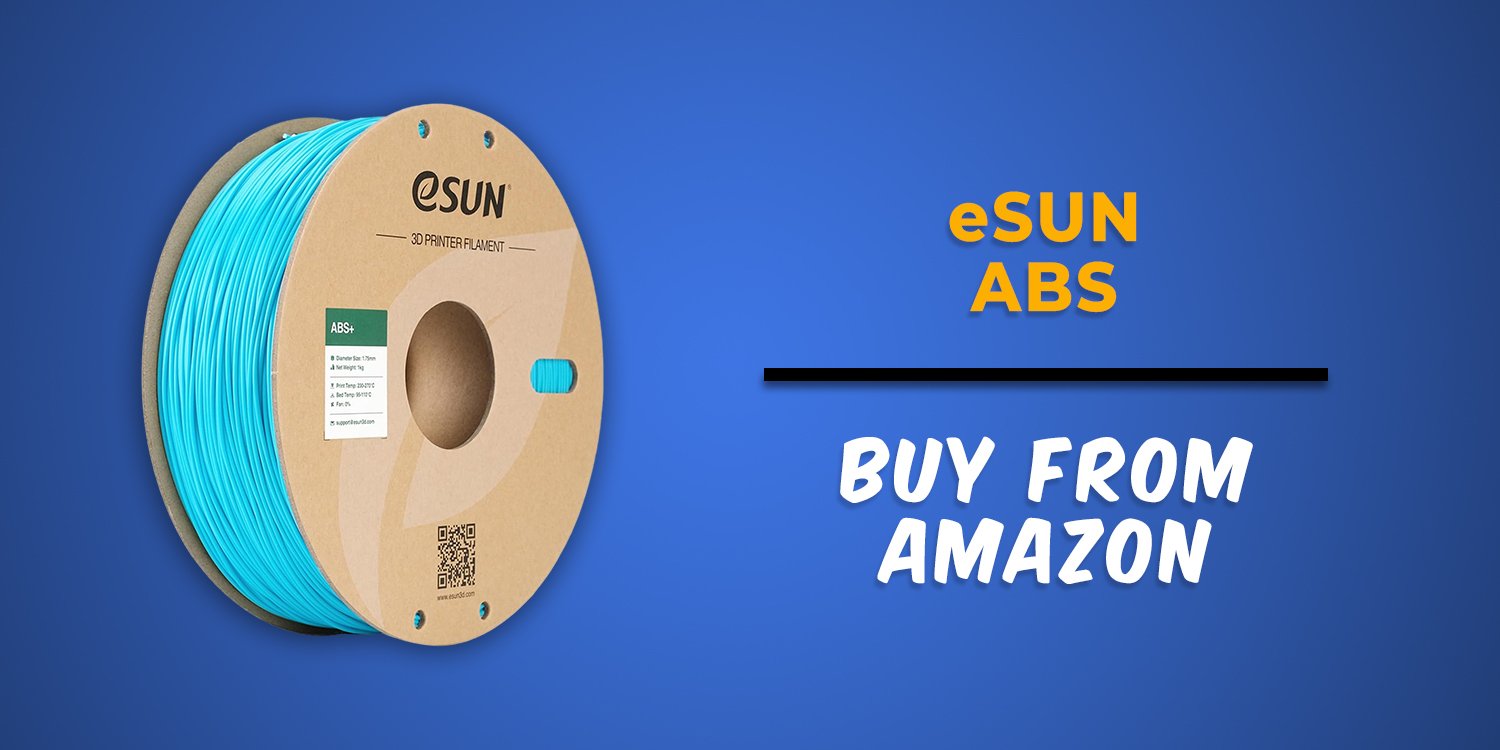
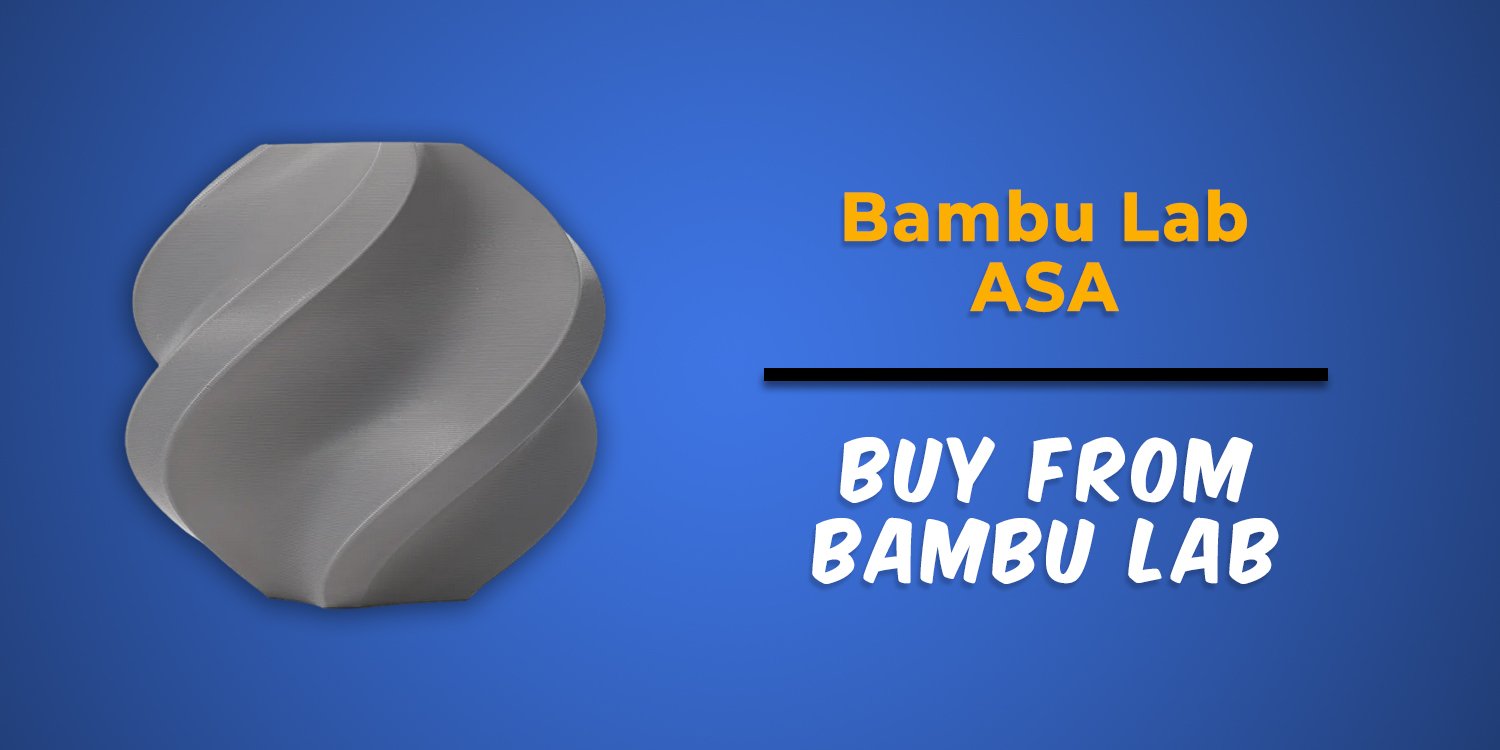
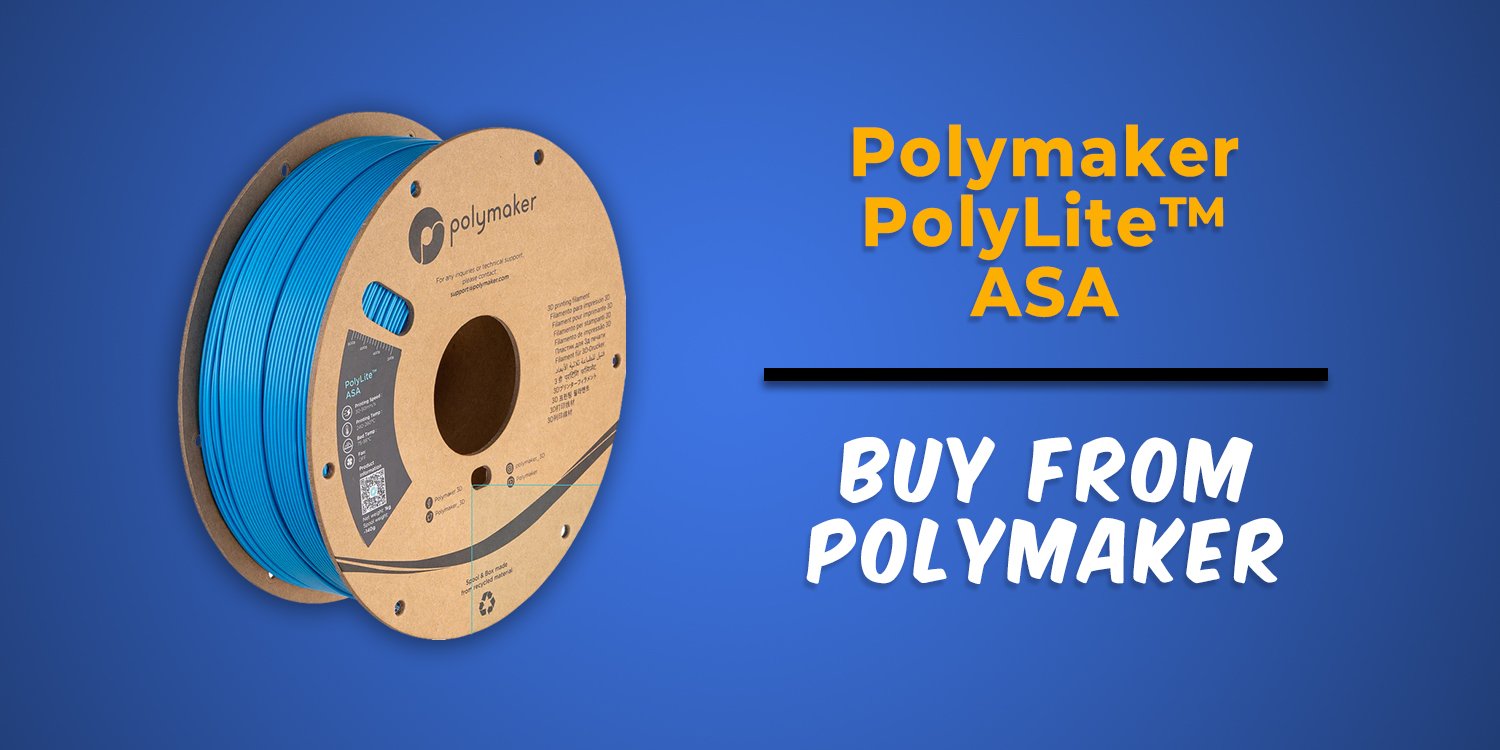
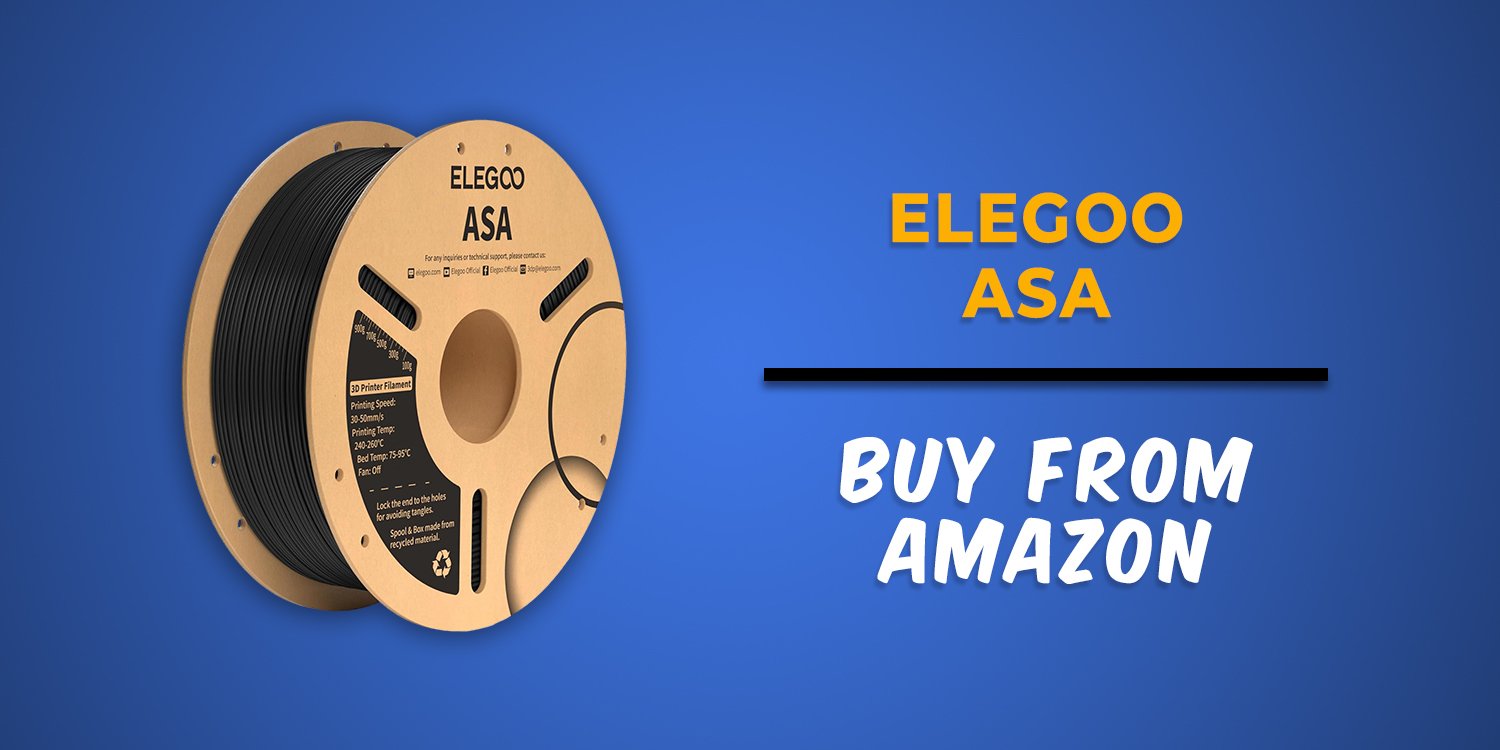
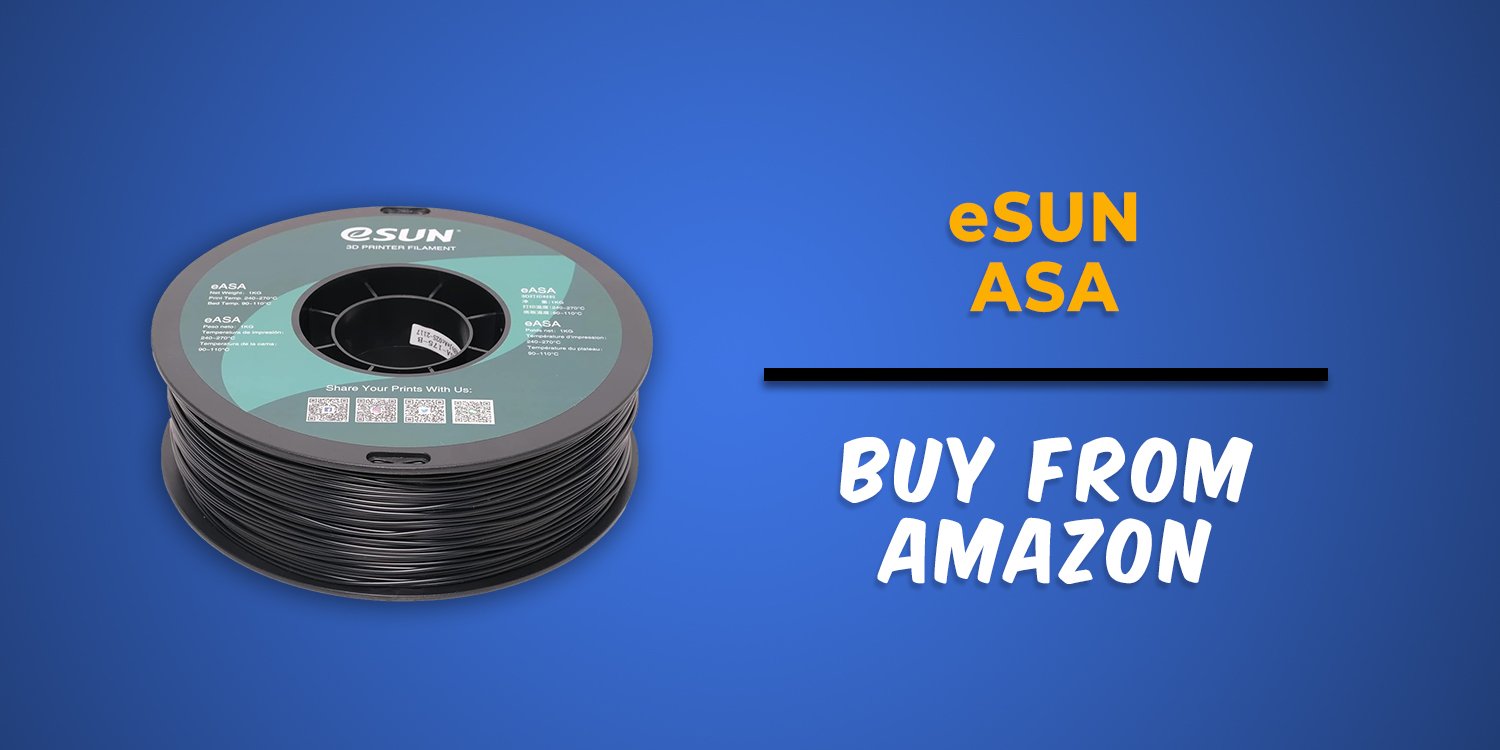
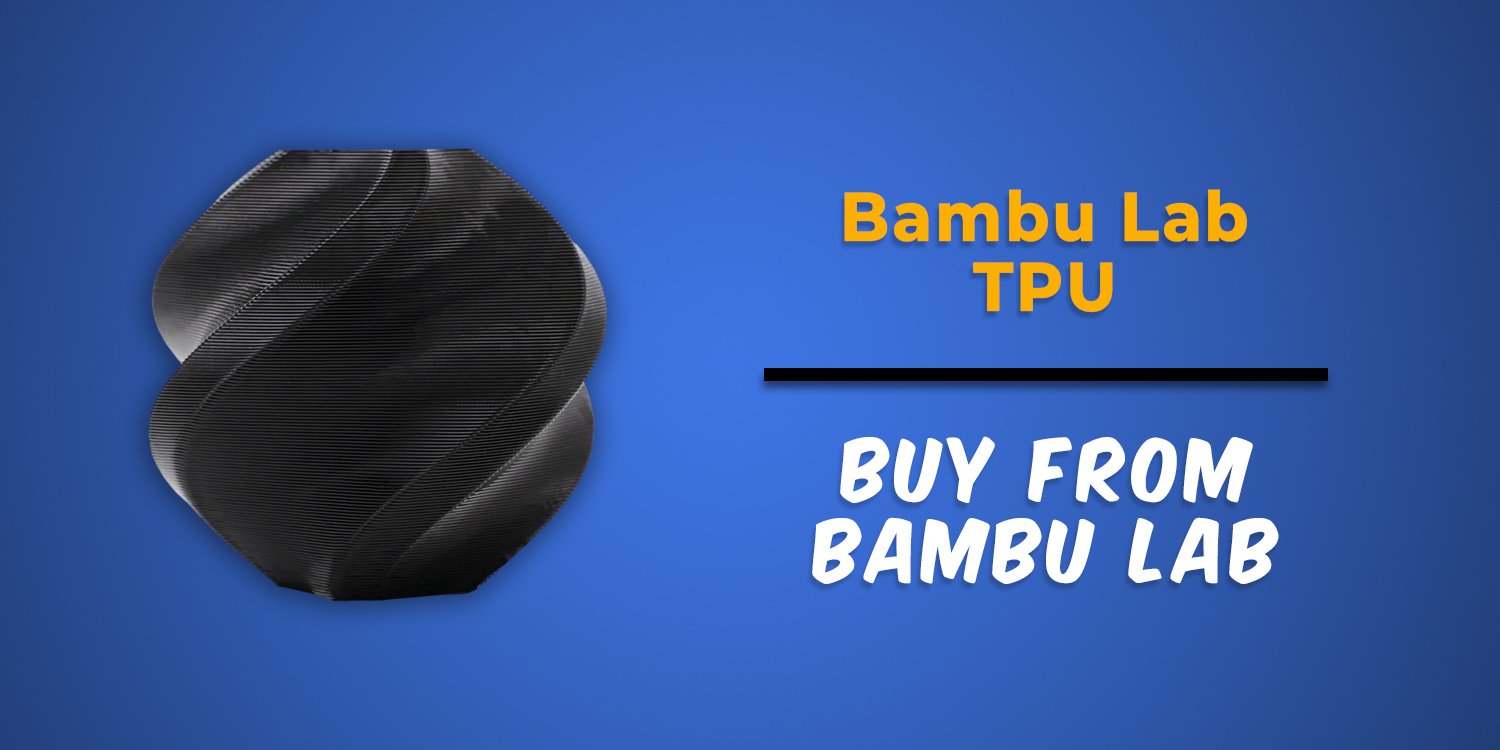

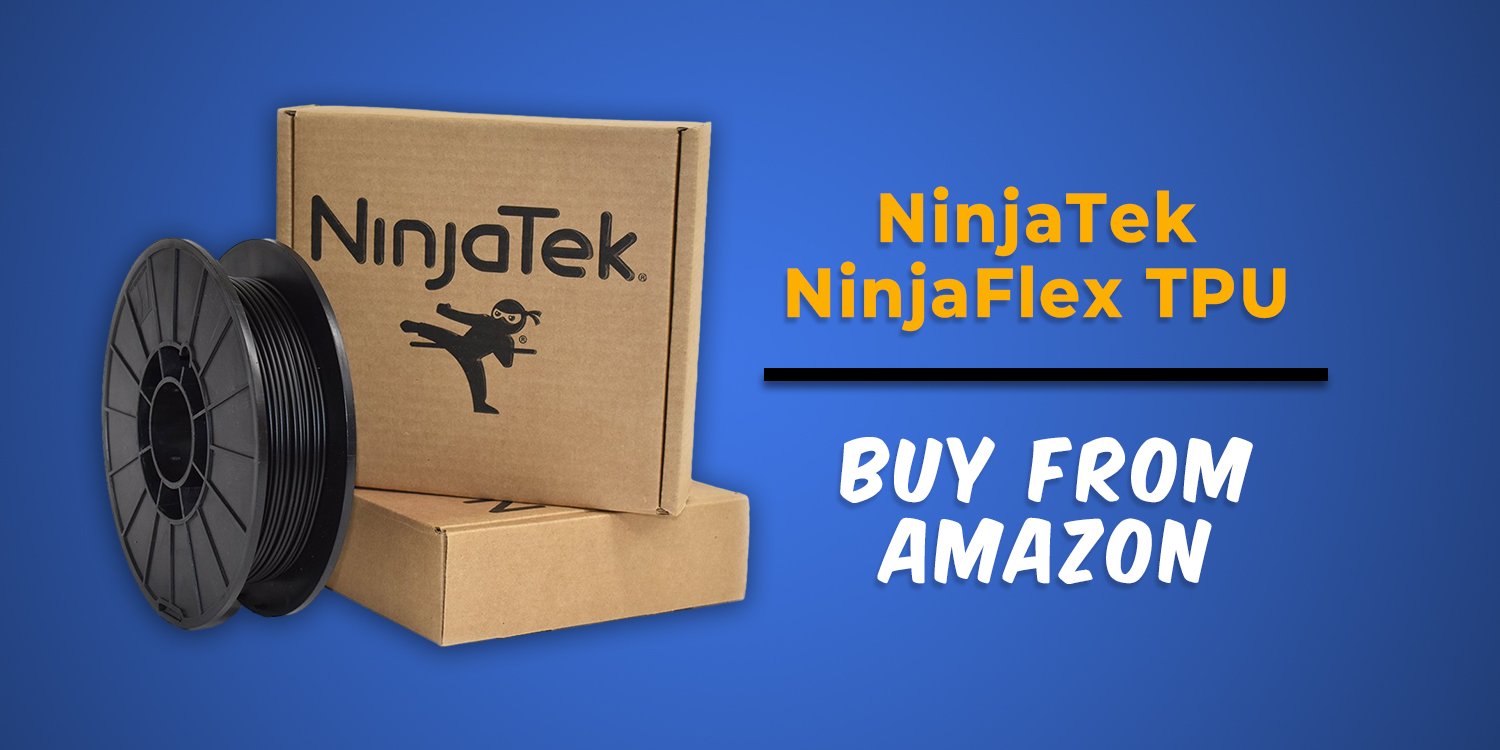
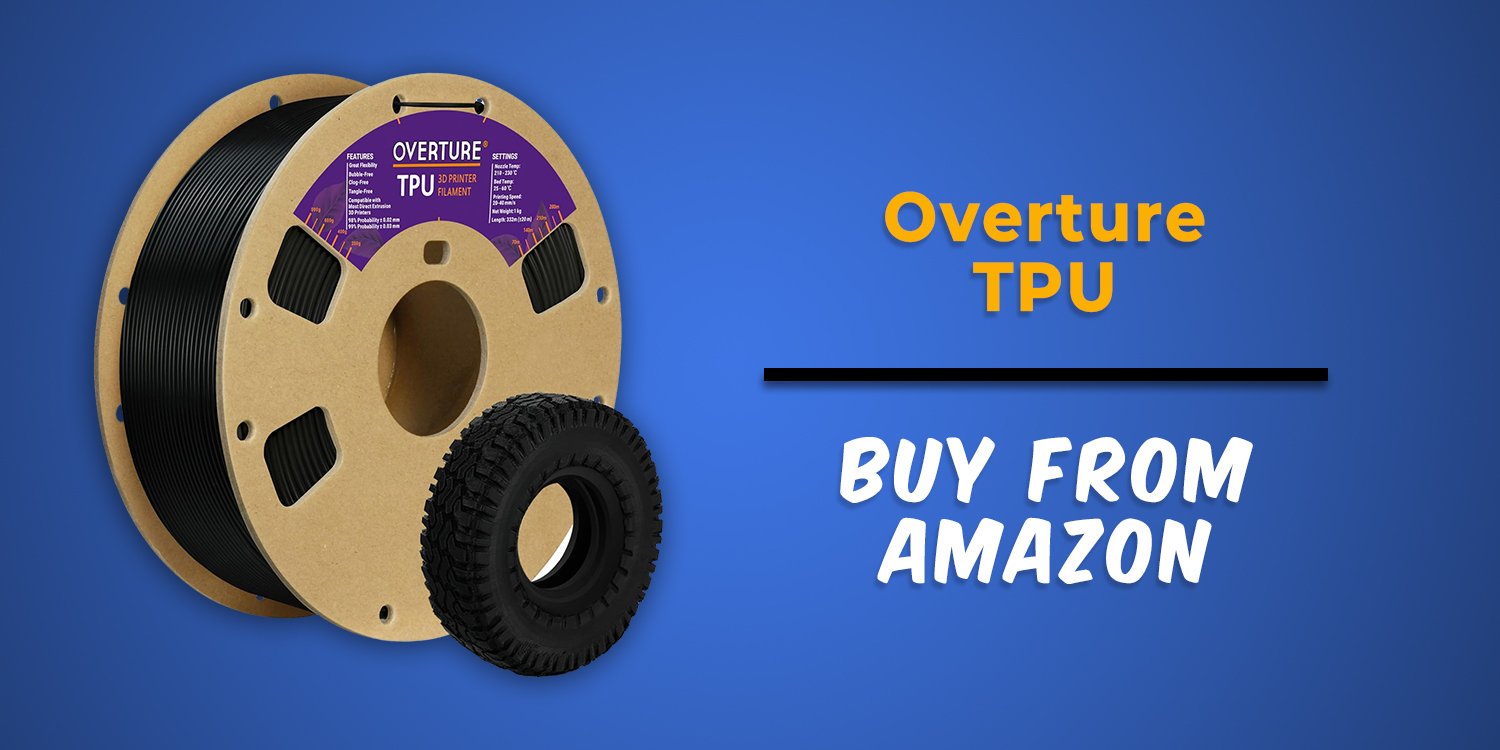
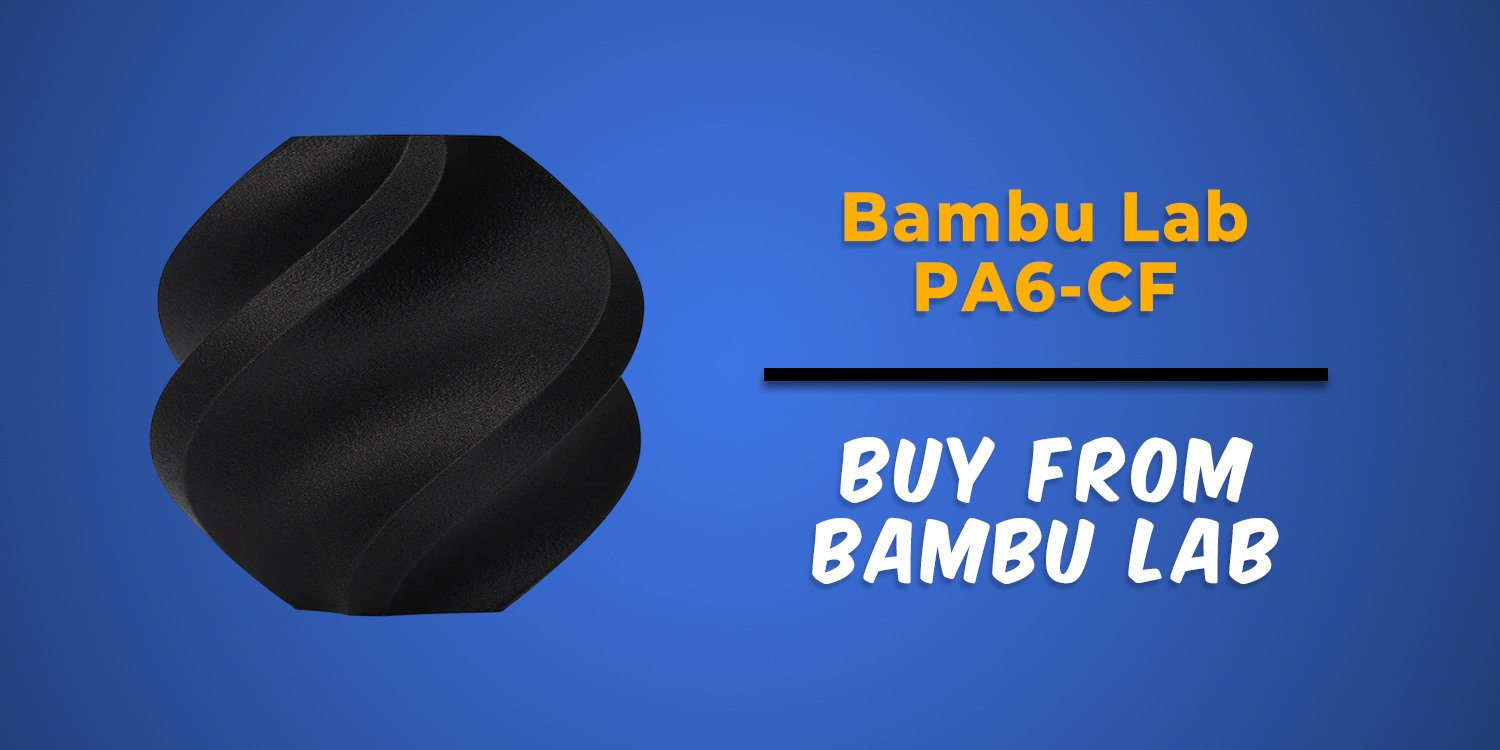
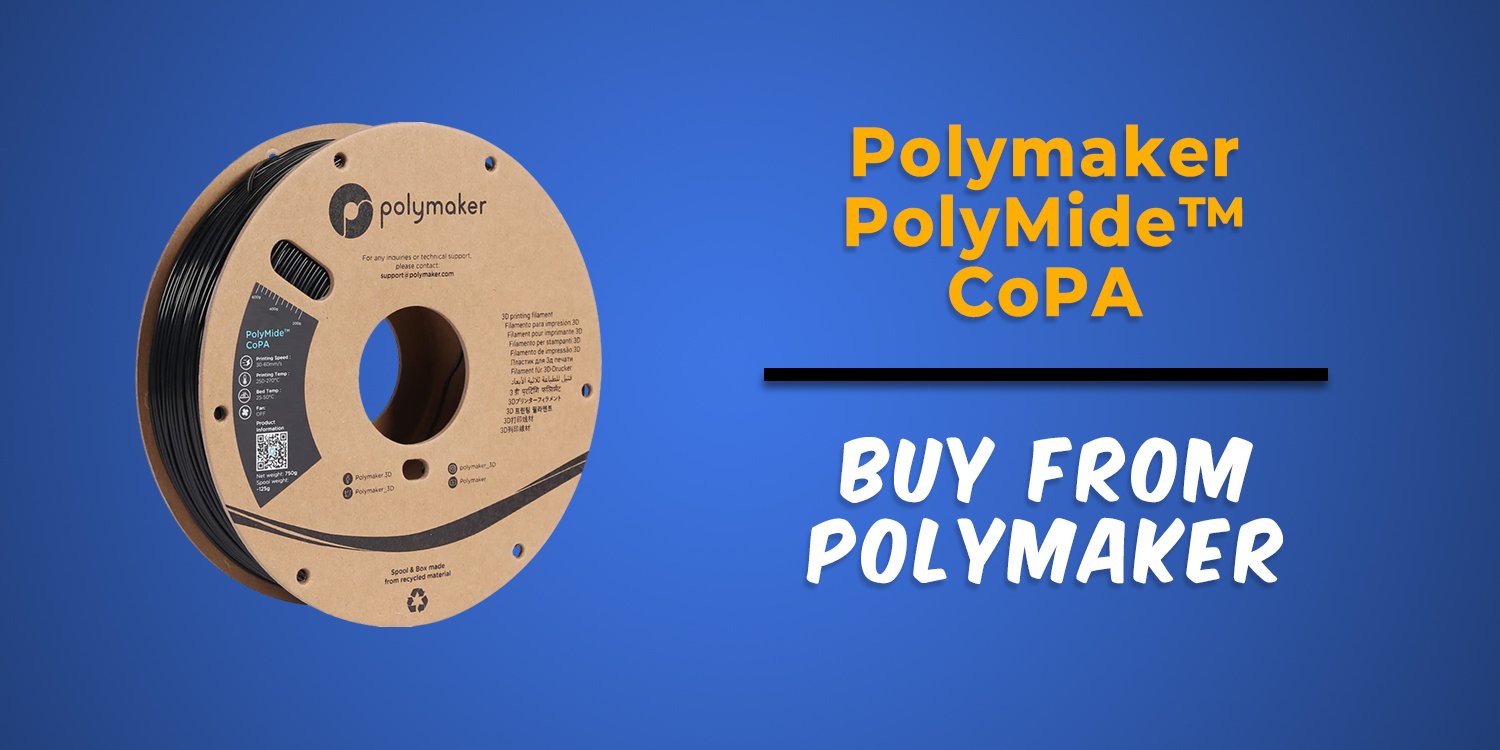
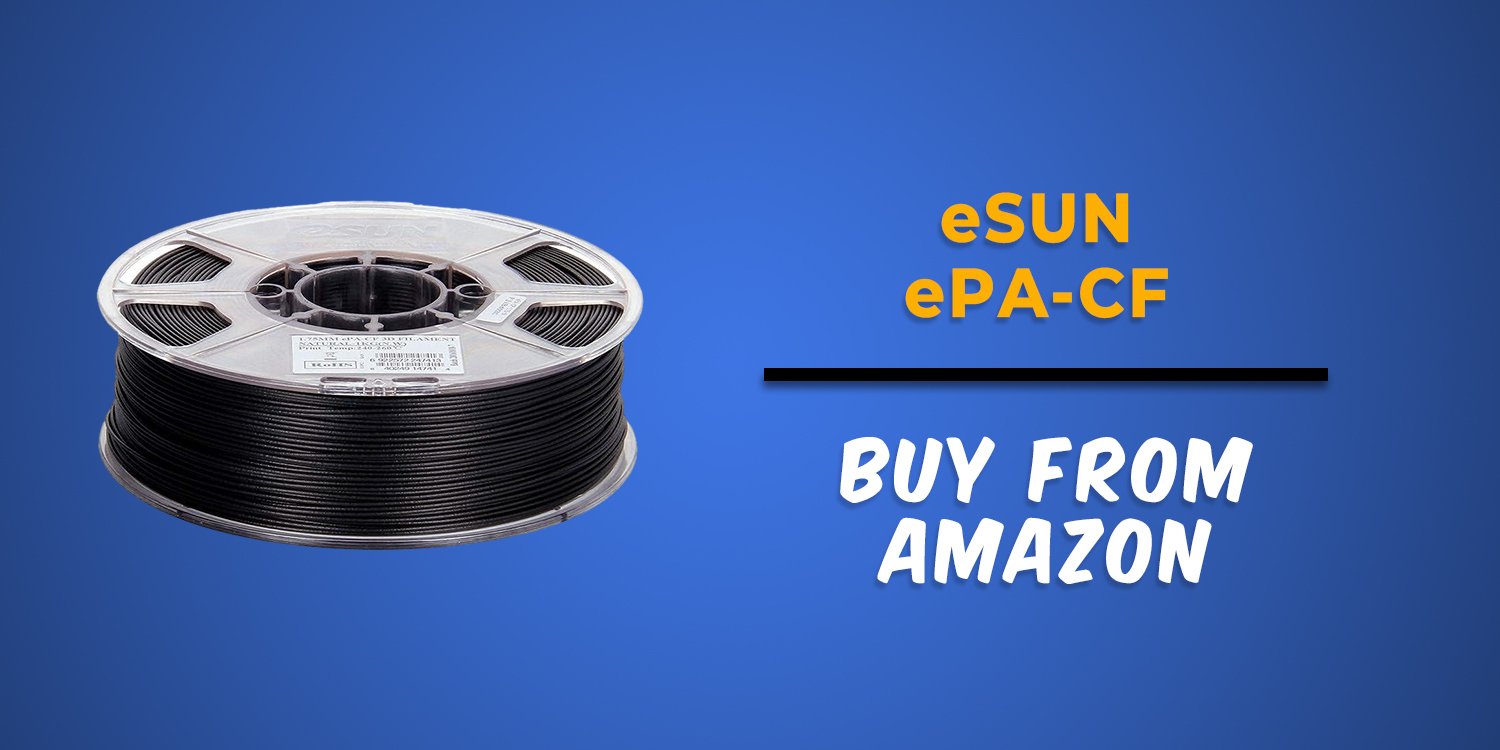





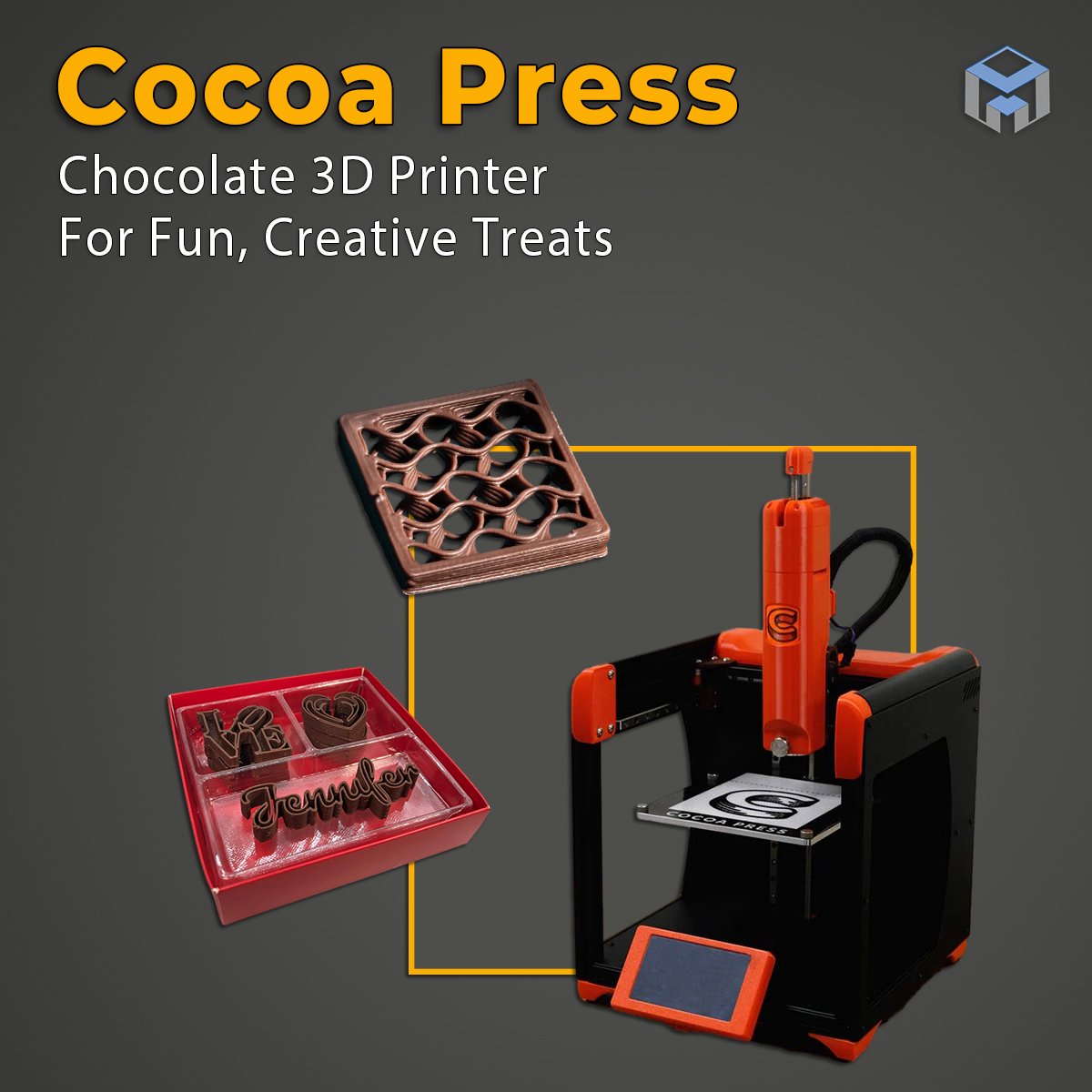

Get an in-depth look at the QIDI Tech Q1 Pro in our detailed review. Find out how this desktop 3D printer delivers engineering-grade filament printing with unmatched precision, speed, and versatility.